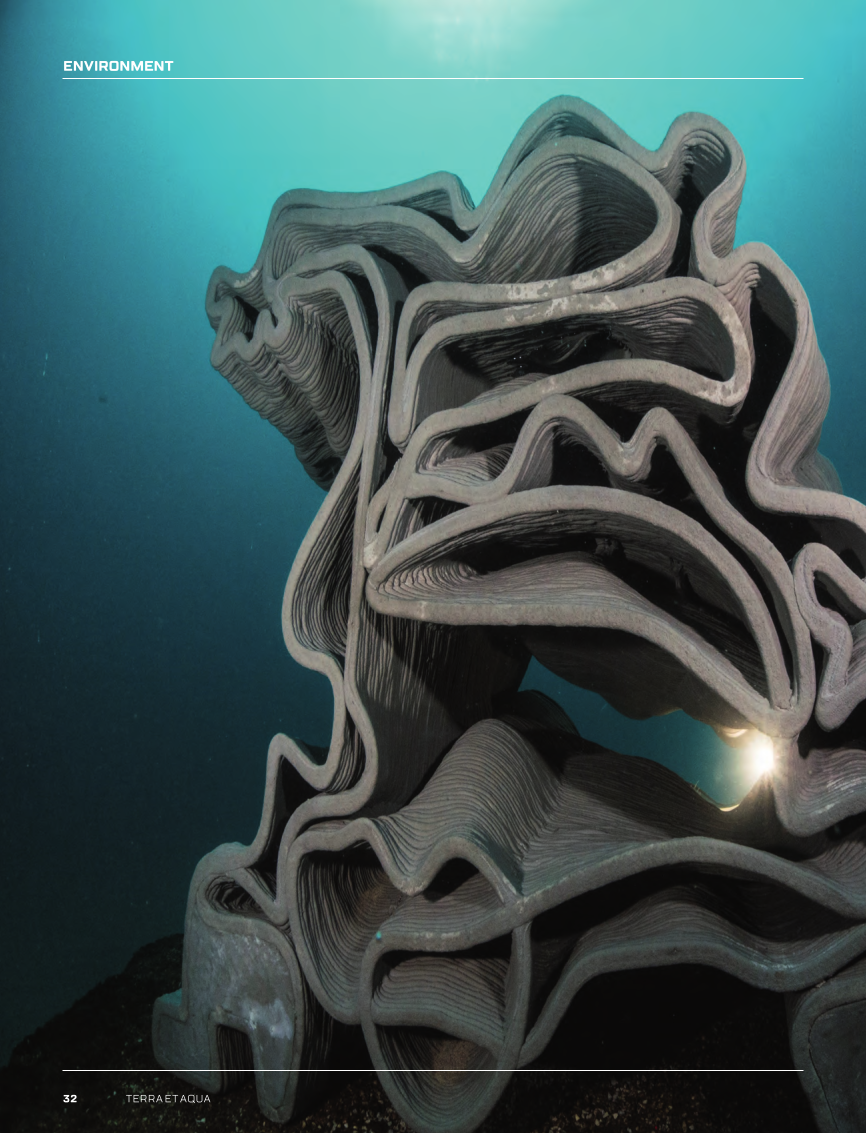
Upscaling seagrass restoration with insights from seed-sediment dynamics
Seagrass restoration is increasingly recognised for its potential to enhance biodiversity and contribute to carbon sequestration. However, planting methods are largely based on manual techniques, posing challenges for upscaling and implementation as nature-based solutions (NbS) within the dredging industry. To address this, techniques to combine sediment nourishments with seed-based seagrass restoration are explored. Seed settlement behaviour is investigated via laboratory experiments, analysing seed settling velocities and distribution in various sediment concentrations, revealing the importance of grain size and sediment dynamics. These findings lay the groundwork for innovative, large-scale restoration techniques leveraging traditional dredging methods, with pilot projects planned for 2025.

Artificial reefs in the uae coastline: a sustainable solution for marine bio-diversity
Dredging and reclamation projects have played an important role in the UAE’s rapid development, meanwhile efforts are continuously made to balance progress with marine ecosystem conservation. This paper explores the development of fish domes and 3D-printed artificial reefs, highlighting their role in providing marine habitats, promoting biodiversity and supporting sustainable development. Case studies from Abu Dhabi region demonstrate the effectiveness in restoring marine environment. By integrating innovative reef structures with sustainability goals, the UAE ensures that economic growth aligns with environmental conservation, fostering a resilient marine ecosystem for future generations.


